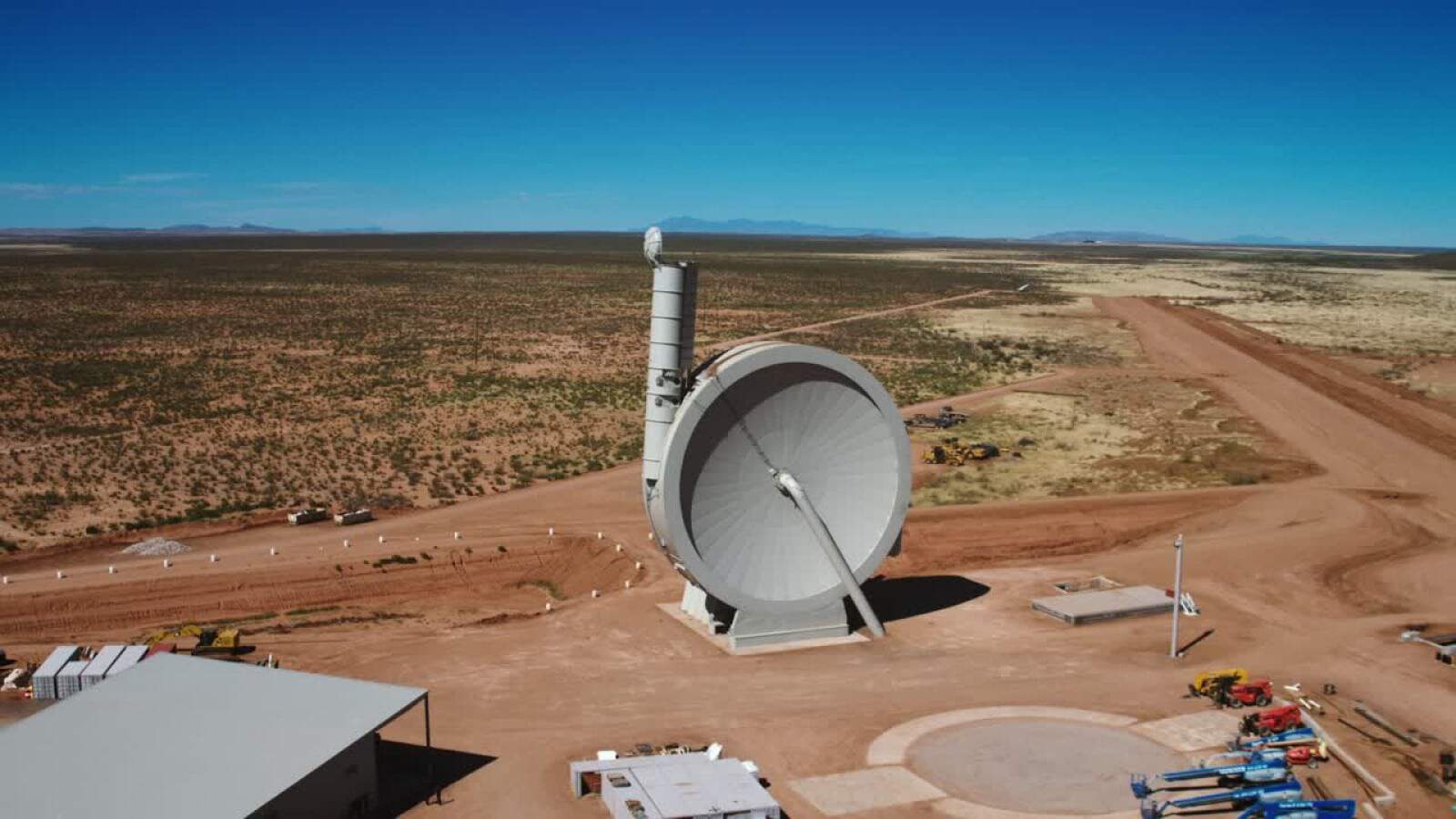News
NASA is literally going to fling satellites into space
With a giant slingshot. We’re not kidding.

Just a heads up, if you buy something through our links, we may get a small share of the sale. It’s one of the ways we keep the lights on here. Click here for more.
The cost to get satellites into space is astronomical. NASA’s always on the lookout for ways to reduce that cost, and it seems to have found one. The space agency is partnering with SpinLaunch to use its suborbital mass accelerator to send satellites and small rockets into space.
The partnership is essentially using a giant slingshot to send things into near-earth orbit. A giant slingshot, to be more accurate, that’s slightly larger than the Statue of Liberty.
The system uses a spinning carbon-fiber arm to build up momentum. Once enough energy has transferred to the payload, it lets go, flinging the satellite into space. The final step uses propellant for the final move into the orbital position.
SpinLaunch says it takes less than “70-percent of the fuel and structures that make up a typical rocket can be eliminated.” That’s a huge saving, benefiting costs, sustainability, and our environment.
NASA will test the system itself later this year, sending a payload into space at over 1,000 mph. That payload won’t stay in orbit, instead, it will come back to Earth so NASA can pore over the data generated. That will lead up to the first orbital test launch in 2025.
Oh, and in case you thought this spells doom for SpaceX, Blue Origin, or any of the other manned space companies, don’t worry. SpinLaunch’s system is for unmanned missions only.
Think of it as an easier, cheaper way to get satellites into orbit, or supplies up to the International Space Station.
Have any thoughts on this? Let us know down below in the comments or carry the discussion over to our Twitter or Facebook.
Editors’ Recommendations:
- Pete Davidson won’t be going to space after all
- NASA launched a helicopter on Mars for the first time ever
- How many rockets does SpaceX need to throw into orbit before we can leave this dump?
- Starlink’s new Premium tier will set you back an eye-watering $500 a month



























